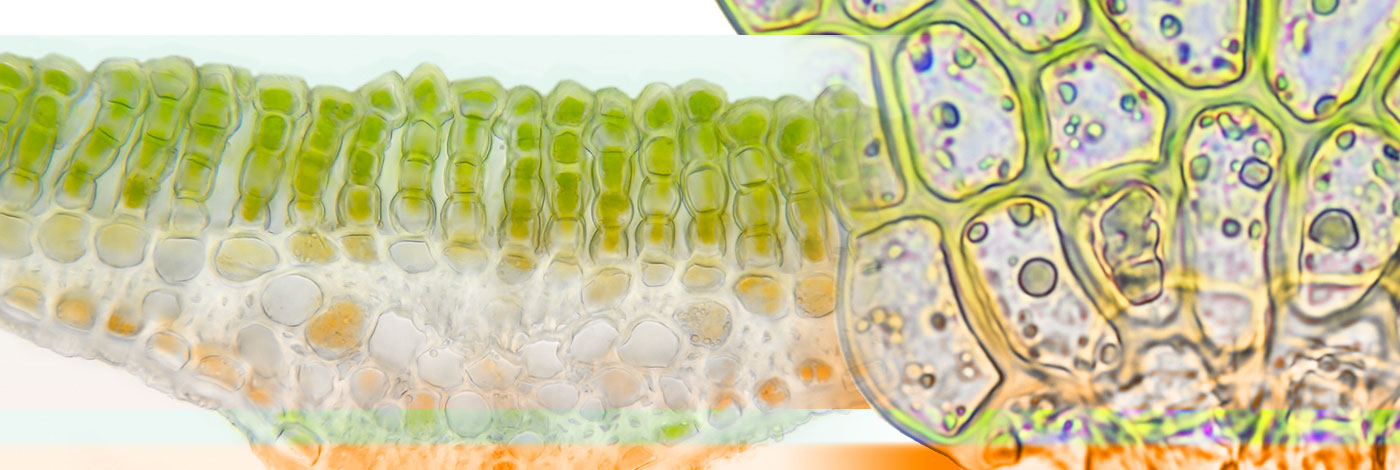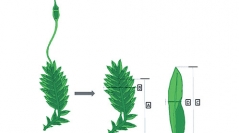

 Cryptogamie, Bryologie
39 (2) - Pages 271-281
Cryptogamie, Bryologie
39 (2) - Pages 271-281Reproduction is one of the most important and expensive processes in the life history of plants. The cost commonly incurred by reproductive investment in plants with separate sexes may result in sexual dimorphism. Among bryophytes, sexual dimorphism has been observed in some sex-expressing dioicous species and in some sex-expressing monoicous species with a rhizautoicous sexual system. In the present study, we have investigated sexual dimorphism in morphological features and relative reproductive investments in sporophytic female, non-sporophytic female, sex-expressing male and non-expressing ramets in a population of the rhizautoicous Fissidens flaccidus. Morphometric analyses confirmed sexual dimorphism; gemmiform male ramets were smaller than the other ramet morphs, and exhibited greater sexual investment. Sexual reproductive investment was approximately 35% in males, 13% in non-sporophytic females and 25% in sporophytic females. Our results indicate trade-offs between reproductive investment and vegetative growth for both sexes in this species.